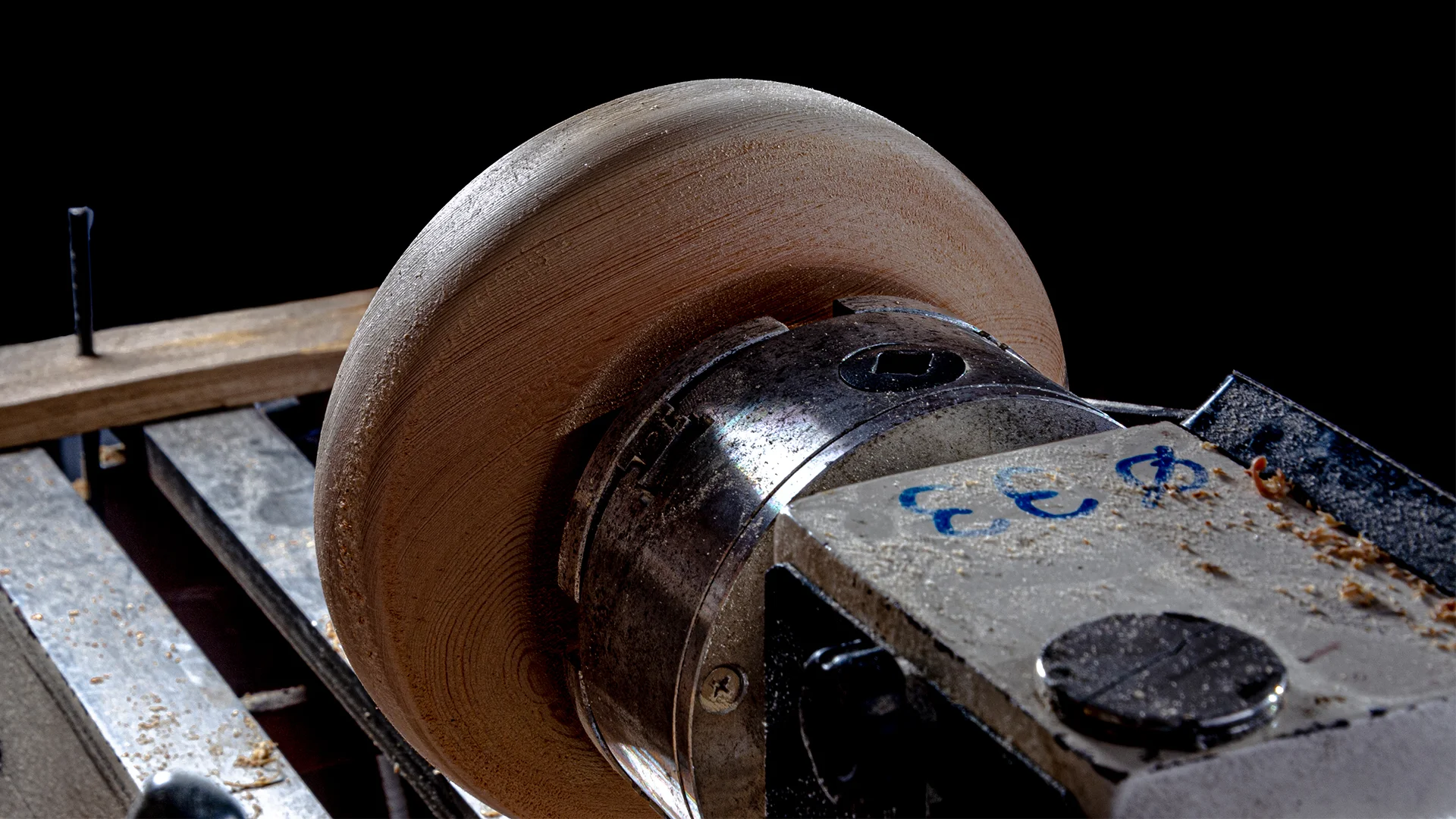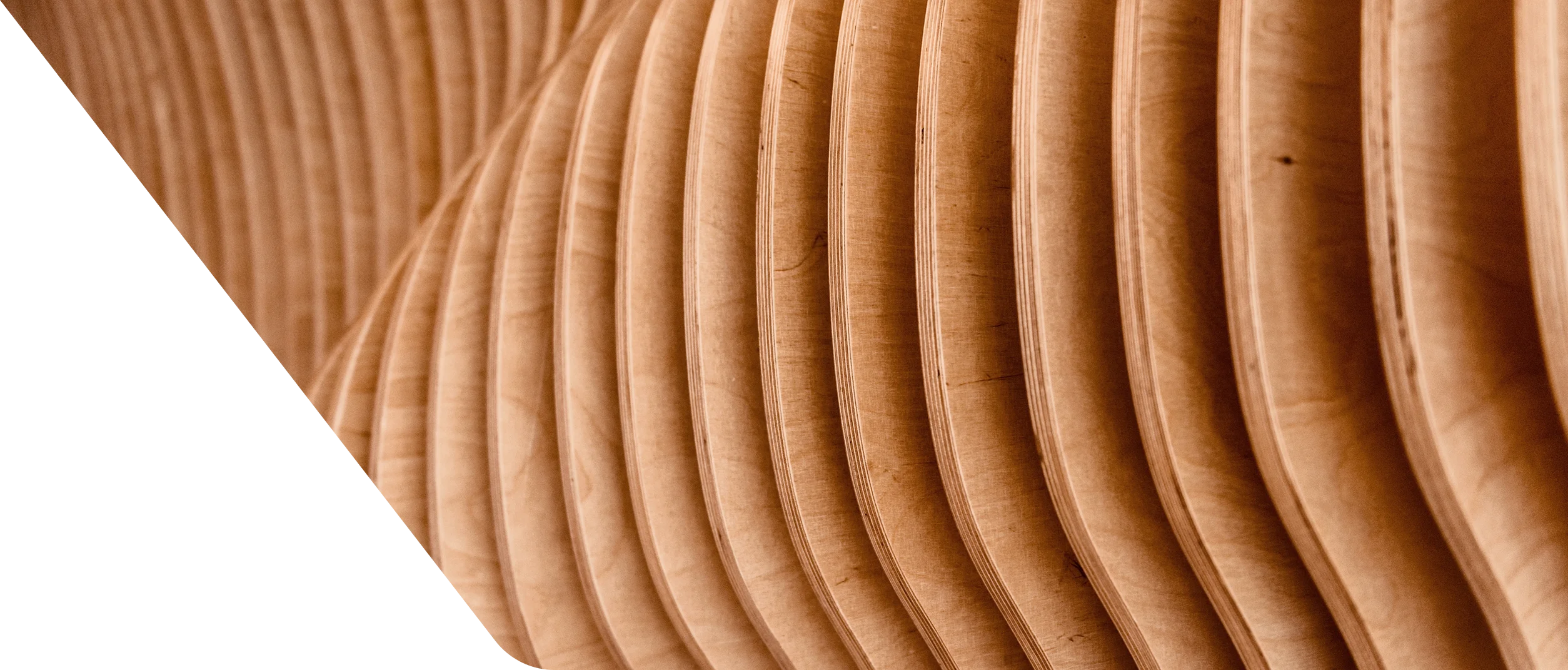
Our Blog
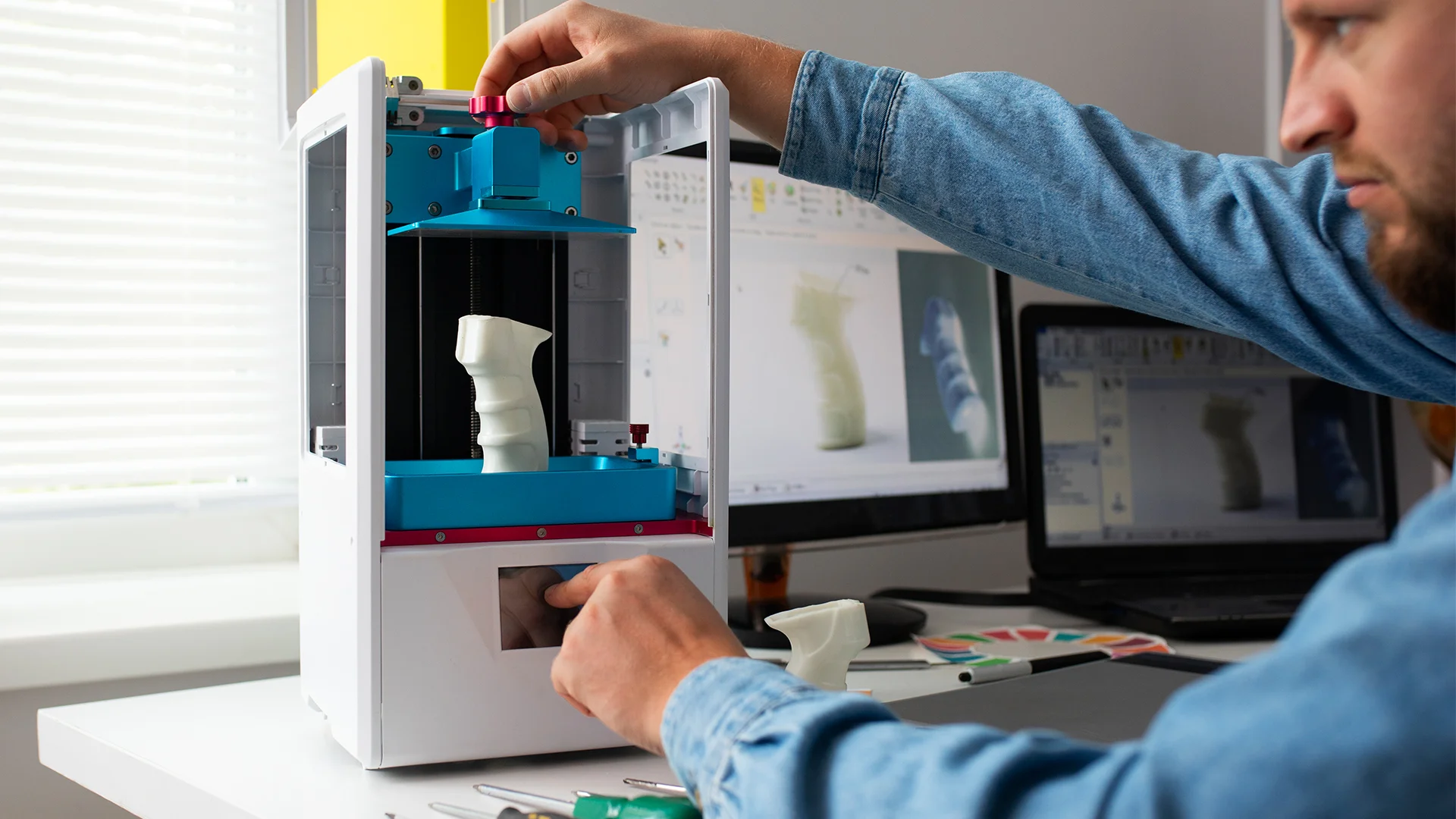
Woodworking and 3D Printing
The worlds of woodworking and 3D printing have long been considered separate domains. Woodworkers create beautiful and functional pieces with saws, planes, and chisels. 3D printers, on the other hand, utilize additive manufacturing to bring digital designs to life in plastic or other filaments. But what happens when these two seemingly disparate fields collide? The answer is a surge of creative possibilities for woodworkers of all levels.
Traditional Techniques, Modern Enhancements
Woodworking relies on a subtractive process, removing material from a piece of wood to achieve the desired shape. 3D printing, conversely, builds objects layer by layer, offering a level of intricate detail and customization previously unimaginable. By combining these techniques, woodworkers gain a powerful ally, unlocking a new dimension in their craft.
For woodworkers, 3D printing offers a range of exciting benefits:
- Custom Tools and Jigs
3D printing allows woodworkers to create custom tools and jigs tailored to specific projects. These can include clamps, guides, and specialized fixtures that ensure precision and consistency in their work. - Prototyping and Modeling
Before committing to a full-scale project, woodworkers can use 3D printing to create prototypes or models. This helps in visualizing the final product, making adjustments, and ensuring the design is practical and functional. - Complex Designs and Intricate Details
3D printers can produce complex shapes and intricate details that might be challenging to achieve with traditional woodworking tools. These printed components can be incorporated into woodworking projects, adding unique and precise elements. - Replacement Parts
For woodworkers who use machines or tools that may have hard-to-find or discontinued parts, 3D printing offers a way to produce these replacement parts, extending the life of their equipment and saving money. - Joinery and Connectors
3D printing can create custom joinery pieces and connectors that might be difficult or time-consuming to make by hand. This can include dowels, brackets, and specialized connectors that fit perfectly with the wood components. - Templates and Patterns
Woodworkers can print templates and patterns for routing, carving, and cutting. These can be used repeatedly to ensure consistent shapes and designs across multiple pieces. - Decorative Elements
3D printing can produce decorative elements such as inlays, trims, and ornamental pieces that can be added to woodworking projects to enhance their aesthetic appeal. - Custom Hardware
Custom knobs, handles, and other hardware can be printed to match the specific style and requirements of a woodworking project, ensuring a cohesive and personalized design.
Getting Started On Woodworking and 3D Printing
Ready to dive into the world of woodworking with 3D printing? Here are some essential tips to get you started:
Finding the Perfect Match
- Identify needs – Analyze your project. Where can 3D printing enhance the design or functionality? Perhaps it’s intricate joint components, unique handles, or decorative elements.
- Focus on complementing – Don’t try to replace core structures with 3D printed parts. Wood should remain the foundation, with 3D printed elements acting as accents or problem-solvers.
Essential Considerations
- Printer choice – For woodworking applications, a larger build volume (think 8″ x 8″ x 8″ or more) might be preferable. Consider filament types; PLA is common, but explore stronger options like ABS or nylon for functional parts.
- Wood selection – Choose woods that complement your 3D printed elements. Consider how they’ll interact visually and functionally (think about gluing or embedding).
- Design Integration – Designing your project for combined use is crucial. Factor in how the 3D printed parts will connect to the wood. Sketching and using 3D modeling software can be very helpful.
Tips for Success
- Start small – Begin with a simple project that allows you to experiment with integrating 3D printed components.
- Embrace experimentation – Don’t be afraid to test different designs and materials.
- Safety first! – Woodworking and 3D printing both have safety considerations. Wear proper protection and follow safe practices for each.
The Future of Making
Combining woodworking with 3D printing opens a door to a world of creative possibilities. This powerful duo allows you to craft unique and functional pieces that push the boundaries of traditional techniques. With a little exploration and these helpful tips, you can transform your woodworking projects and embrace a whole new level of creative freedom. Remember, numerous online communities and tutorials can provide further guidance on your journey. So, grab your tools, fire up your 3D printer, and unleash your inner maker!
Woodworking Fueled by Community
AWI membership unlocks a world of possibilities where woodworking meets the cutting edge of 3D printing. The AWI community is a vibrant hub where you can tap into this creative synergy:
- Exchange Ideas – Connect with fellow woodworkers who are incorporating 3D printing into their projects. Share your experiences, ask questions, and get inspired by the ingenious ways others are using this technology.
- Find Inspiration – Dive into a world of creative possibilities! Explore how 3D printing can enhance your woodworking projects, from custom tools and intricate details to unique decorative elements.
- Expand Your Network – Build relationships with like-minded individuals who share your passion for pushing the boundaries of woodworking. Learn from each other and collaborate on innovative projects.
The Architectural Woodwork Institute provides the perfect platform to learn, grow, and be inspired as you explore the exciting intersection of woodworking and 3D printing.
Recent Post
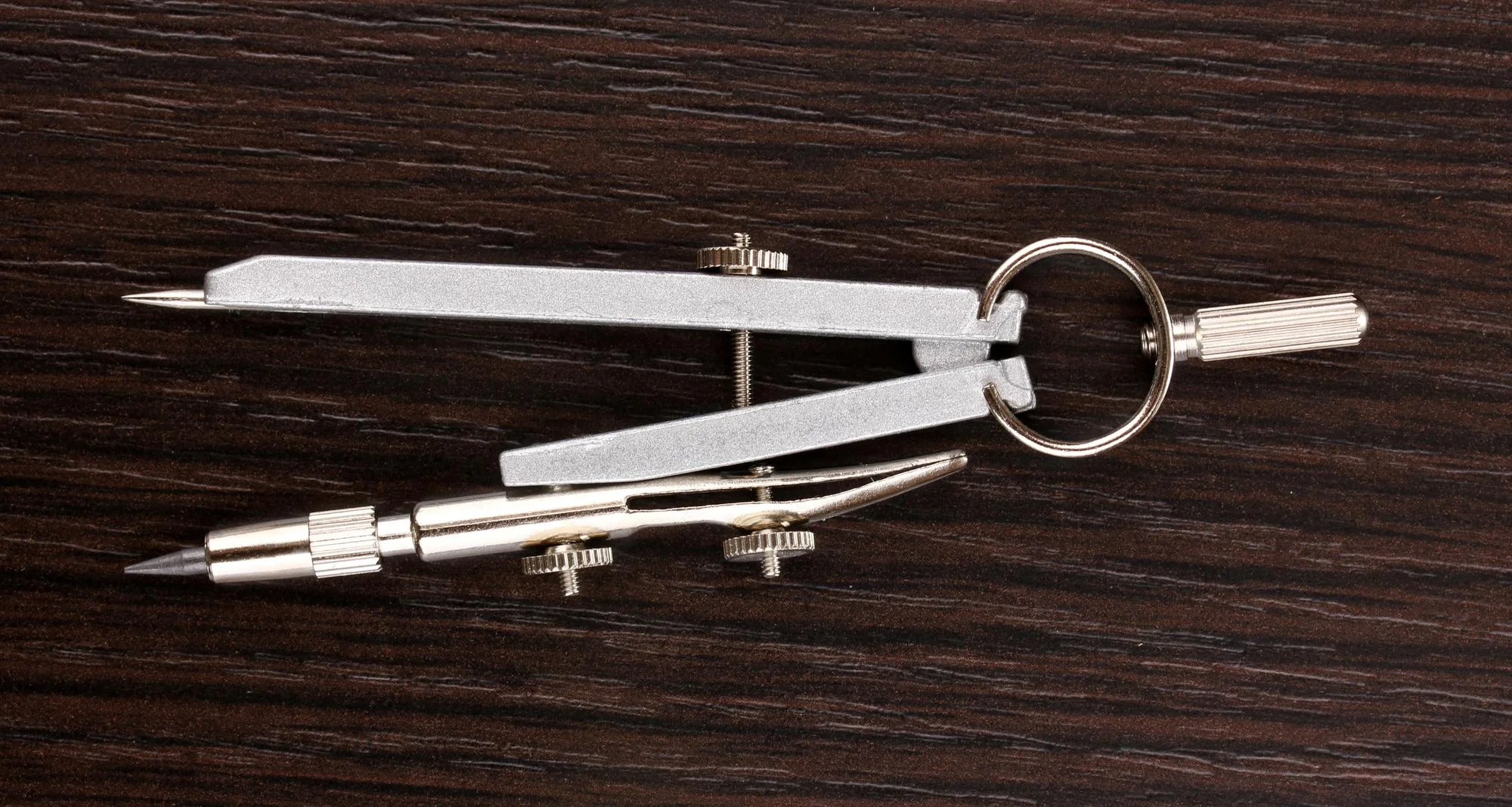
How to Choose the Best Woodworking Compass: Expert Tips and Tricks
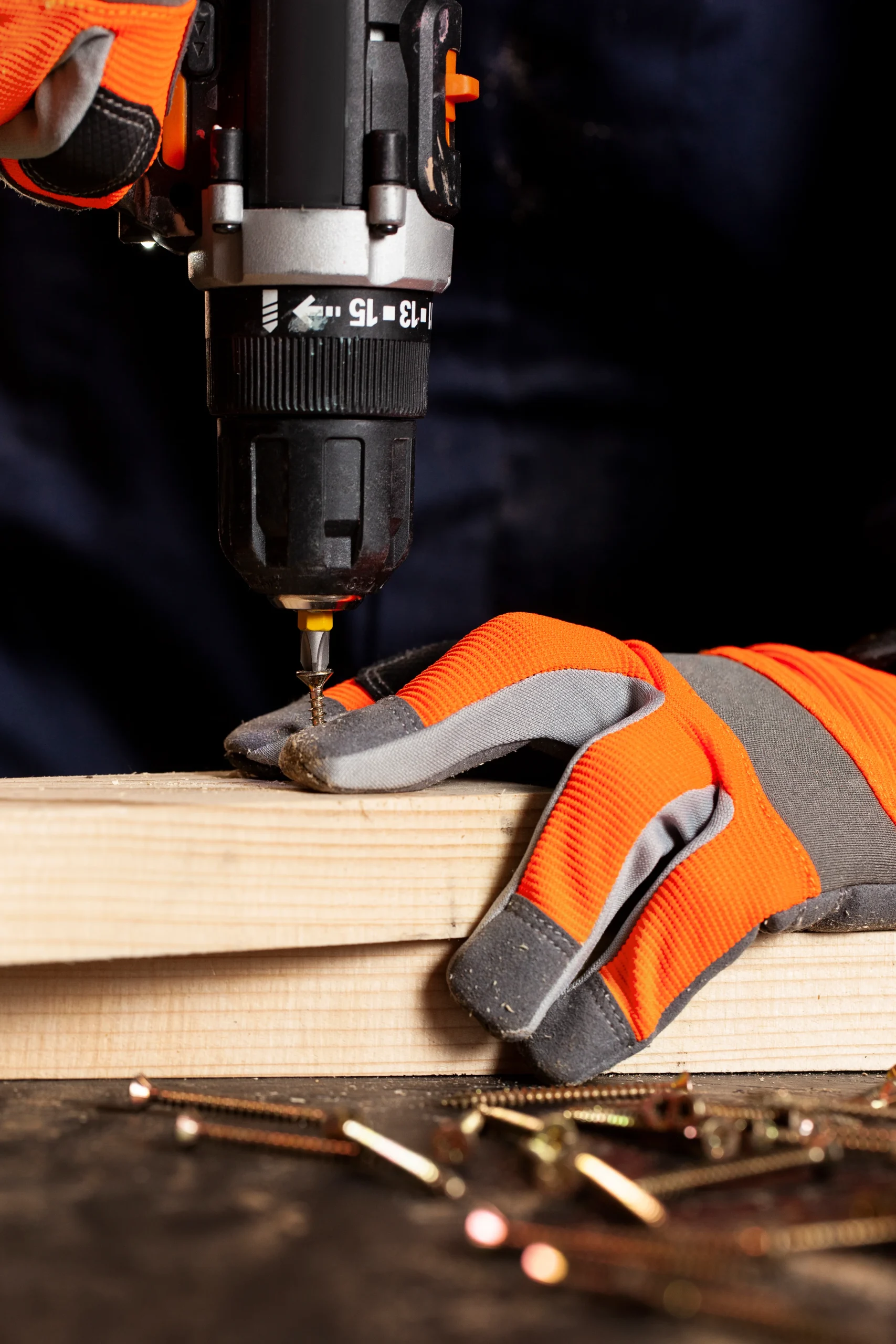
Screw Gun vs Drill: What Every Woodworker Needs to Know
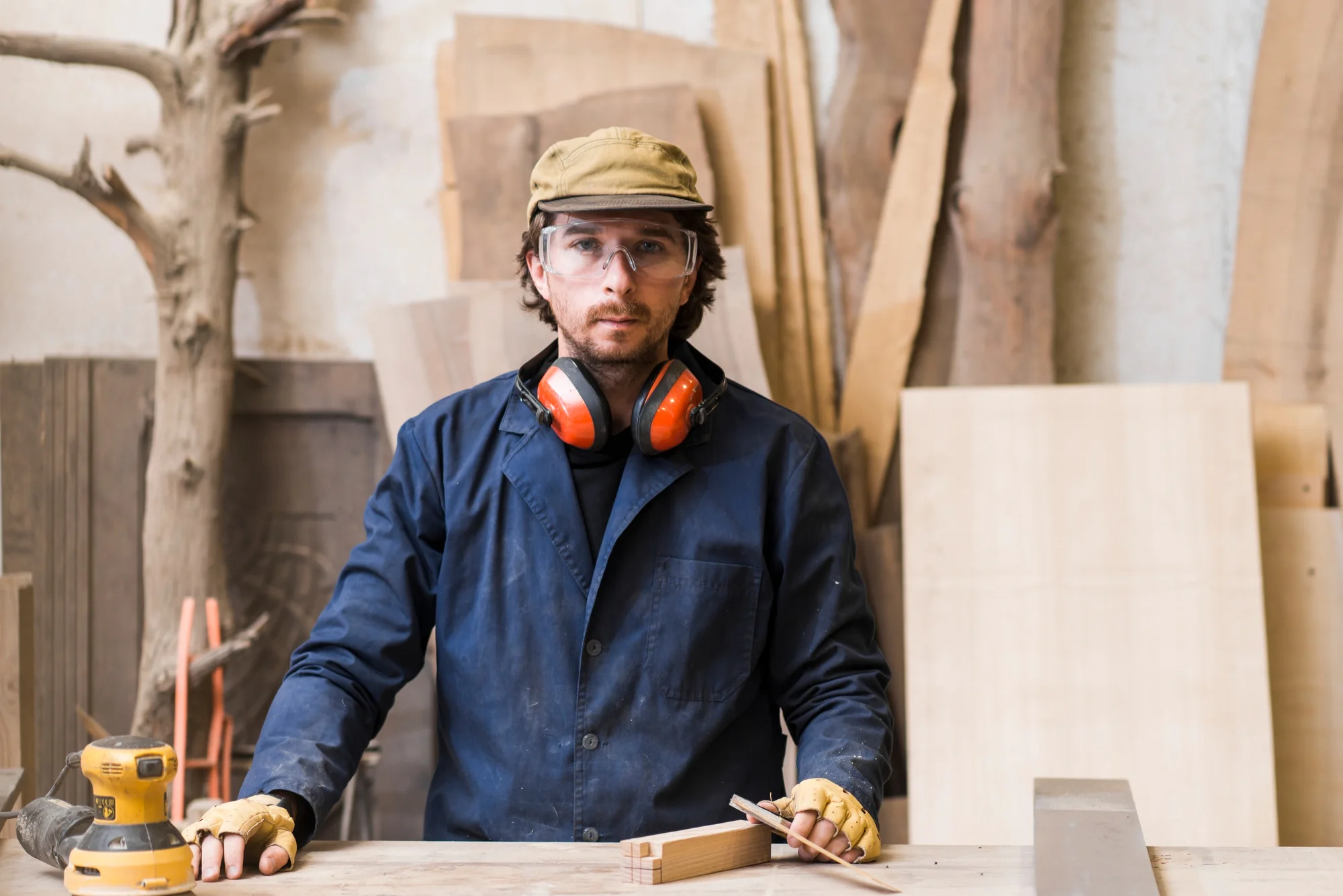
Woodworking PPE Checklist: Are You Fully Protected?
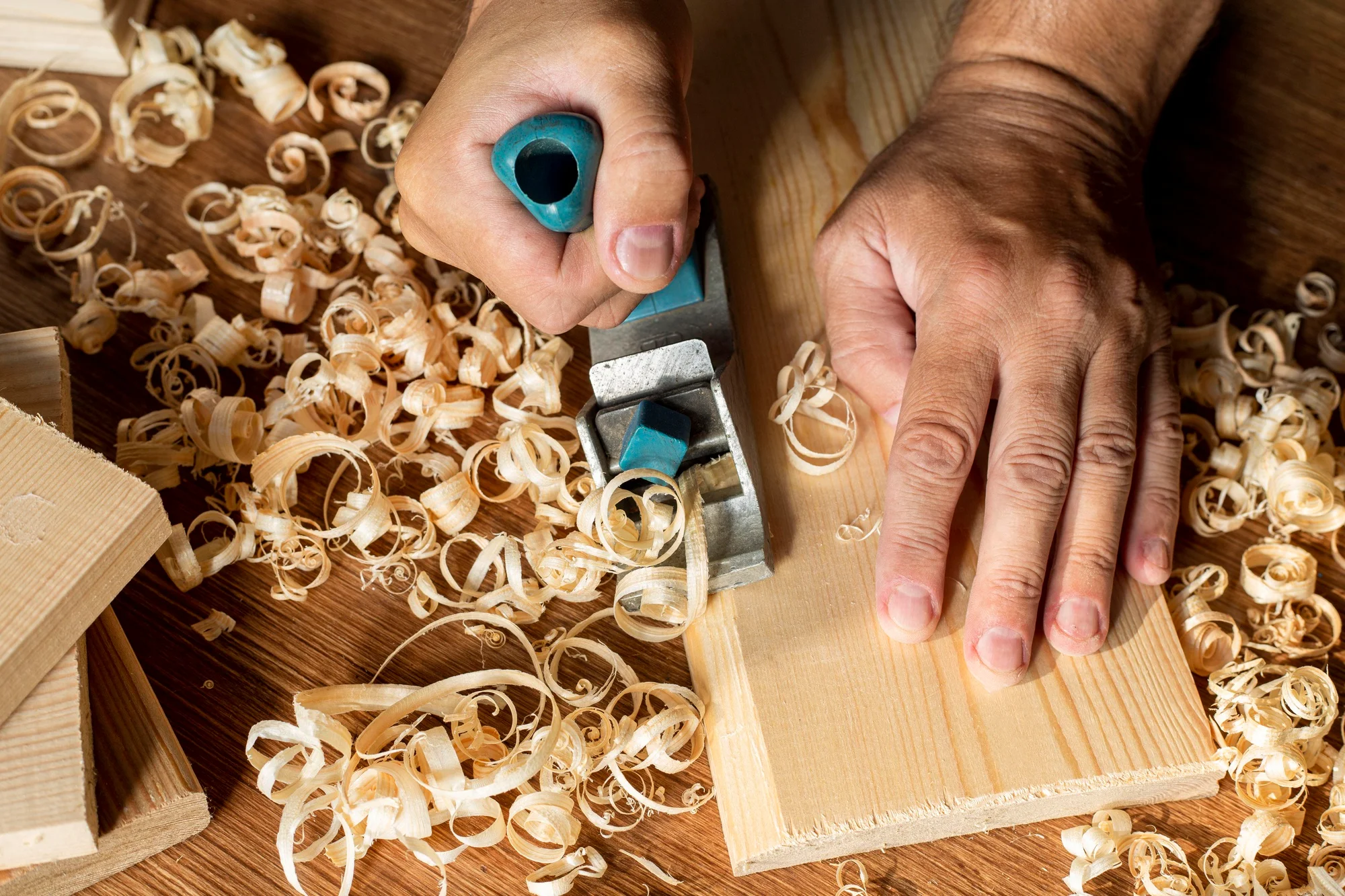
Green Woodworking 101: A Beginner’s Guide to Crafting with Unseasoned Wood
